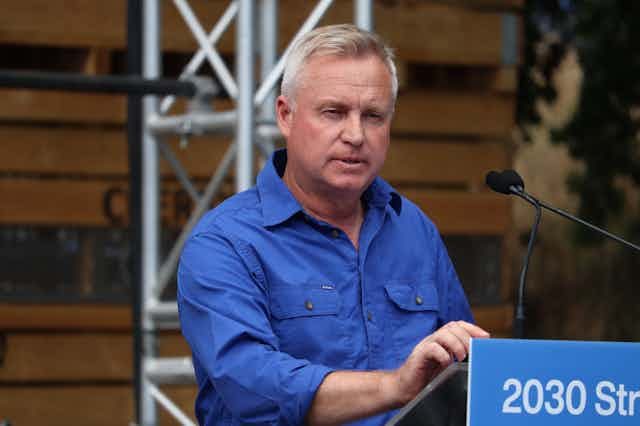Tasmania has five electorates that each return seven members using the proportional Hare-Clark system, for a total of 35 seats. A quota is one-eighth of the vote, or 12.5%. In previous elections, the quota was 16.7%, with five members per electorate.
With over 60% of enrolled voters counted in all seats, the Poll Bludger’s current projections are that the Liberals will win 3.1 quotas in Bass, 3.7 in Braddon, 2.2 in Clark, 2.7 in Franklin and 3.0 in Lyons. Adding the likely wins in Braddon and Franklin gives them 15 of the 35 seats, three short of the 18 needed for a majority.
Labor is projected to win 2.3 quotas in Bass, 2.0 in Braddon, 2.4 in Clark, 2.2 in Franklin and 2.6 in Lyons, for a total of ten with a possible eleventh in Lyons.
The Greens are projected to win 1.0 quotas in Bass, 0.6 in Braddon, 1.6 in Clark, 1.6 in Franklin and 0.8 in Lyons, and would probably achieve a total of five with two more possible.
The Jacqui Lambie Network appears to have a strong chance to win the final seats in Bass and Braddon, and independent Kristie Johnston is likely to win the final seat in Clark. Former Labor MP David O'Byrne, running as an independent in Franklin, is in a contest with the Greens.
Overall vote share projections are currently 36.9% Liberals (down 11.8% since the 2021 election), 28.7% Labor (up 0.5%), 13.8% Greens (up 1.4%), 6.7% JLN (new) and 9.5% for independents.
Labor and the Greens appear to have performed a bit better than expected from pre-election polls and independents worse. This is likely to make it harder for the Liberals to form a government.
Sunday morning update: Tasmanian analyst Kevin Bonham expects three Liberals, two Labor, one Green and one JLN in Bass, three Liberals, two Labor, one JLN and one undecided contest between the Liberals and independent Craig Garland in Braddon, with the Liberals currently ahead.
In Clark, Bonham expects two Liberals, two Labor, one Green and independent Kristie Johnston, with the final seat a contest between Labor and the Greens, and the Greens ahead currently. In Franklin, three Liberals, two Labor, one Green and independent David O'Byrne are expected winners. In Lyons, three Liberals, two Labor, one Green, with the final seat a contest between Labor and JLN.
Adding this up gives a total outcome of 14 Liberals out of 35, ten Labor, four Greens, two JLN, two independents and three undecided.
Incumbent Liberal premier Jeremy Rockliff last night claimed victory, but we need to wait for final results and for the decisions of the crossbenchers to be known before we know whether the Liberals have retained government in Tasmania.
How does Hare-Clark work?
Tasmania uses Robson rotation, where candidate names within a group are randomised for each ballot paper, to prevent one candidate from benefiting from being the top candidate from their group. This means parties can’t order their candidates.
For a formal vote, electors need to number at least seven preferences, but can keep numbering beyond seven if they wish. The process of formally electing candidates won’t start until all votes have been counted.
This is likely to occur on April 2, the deadline for receipt of postal votes.
Any candidate with more votes than the quota is declared elected, and their surplus votes will be passed on to remaining candidates at a fractional value.
After surpluses are distributed, remaining candidates will be excluded starting with the one with the lowest vote, and their votes transferred as preferences to remaining candidates.
This process continues until all seven vacancies in each electorate are filled. Owing to “exhausted” votes that have no preference between the final candidates, it is common for the last winners to have less than a quota.
Labor gains Dunstan in SA state byelection
With 48% of enrolled voters counted in the Liberal-held South Australian Dunstan state byelection, Labor has defeated the Liberals by a 52.9–47.1 margin, a 3.4% swing to Labor since the March 2022 state election. This seat was previously held by former Liberal premier Steven Marshall. This is a government gain from an opposition at a byelection.
Primary votes were 40.0% Liberals (down 6.7%), 32.3% Labor (down 2.9%), 22.4% Greens (up 8.8%) and 3.3% Animal Justice (new).

